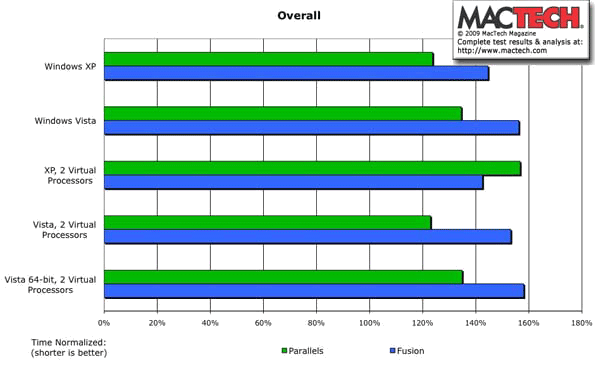

- #Parallels vs vmware fusion software
- #Parallels vs vmware fusion license
- #Parallels vs vmware fusion mac
- #Parallels vs vmware fusion windows
Both Parallels and Fusion support OS X's Exposé feature, so the VM windows will appear in Exposé tile and thumbnail displays, and you can dock Windows applications for launching and minimization. In any case, switching between the two modes is easy.īoth Coherence and Unity work well with oddly shaped windows, and they display drop shadows on windows to mimic the OS X look and feel as closely as possible. Users who like the OS X experience and who plan to run multiple Windows applications will prefer Coherence or Fusion to the old way, which drops the entire Windows desktop into a single OS X window.
#Parallels vs vmware fusion mac
In short, Windows apps weave into the OS X desktop as if they were native Mac applications. Called Coherence in Parallels and Unity in Fusion, the integration hides the Windows desktop and displays Windows application windows side-by-side with those of OS X applications. Both Parallels and Fusion have optional modes for fully integrating Windows applications into the OS X experience. They use the CPU and don't do you any good.Ĭoherence and Unity Click for larger view.

One last note about installation: Make sure you turn off the screensaver in your guests. This cooperation includes things as important as proper cut-and-paste behavior and file sharing. One of the unavoidable facts of virtualization - no matter which system you use - is that virtual machines need "guest OS tools" installed to cooperate with the host OS. Having recently installed Windows XP on bare metal, I can tell you that using a virtual machine makes installation easier. They ask for a few parameters, including the product key, and then take over from there. Creating a new Windows virtual machine is dead simple in either package. Most people have never installed Windows. Making Windows easy is mostly about installing the OS.

Switchers who love the Mac experience but have "that one Windows" application they can't live without are the sweet spot. Can you run Linux, Solaris, or even FreeBSD? Sure, but you're not in the target demographic. Making Windows easy The stated goal of Parallels as well as Fusion is to make life easy for people who want to run Windows on their Mac. For the cost of Parallels or Fusion (both $79) you can run your Windows copy on your Mac. Similarly, if you're switching from Windows to a Mac, buying a copy of QuickBooks for OS X will cost you $200 even though you already own a perfectly good copy for Windows.
#Parallels vs vmware fusion license
For example, the organization I work for has an enterprise license for Office on Windows, but not on OS X, so I can load Windows and Office using the enterprise license and get an Intel-native version of Word that runs on my Mac for a fraction of the cost of Word for OS X.

#Parallels vs vmware fusion software
Of course, if you already own the Windows software you want to run, then it's even easier to become a Mac bigot. Keep in mind that some Windows editions are not licensed to run in a virtual machine - notably Vista Home Edition - so you may need to buy a more expensive edition than you otherwise would. Naturally, to run Windows in either Parallels or Fusion, you'll need to buy not only the virtualization software but Windows itself. Thus, Parallels and Fusion can help take the sting out of the premium price of a Mac. The value proposition Virtualization won't necessarily save you on software costs, but the ultimate benefit is being able to run OS X and Windows (not to mention other operating systems) without having to buy two computers.


 0 kommentar(er)
0 kommentar(er)
